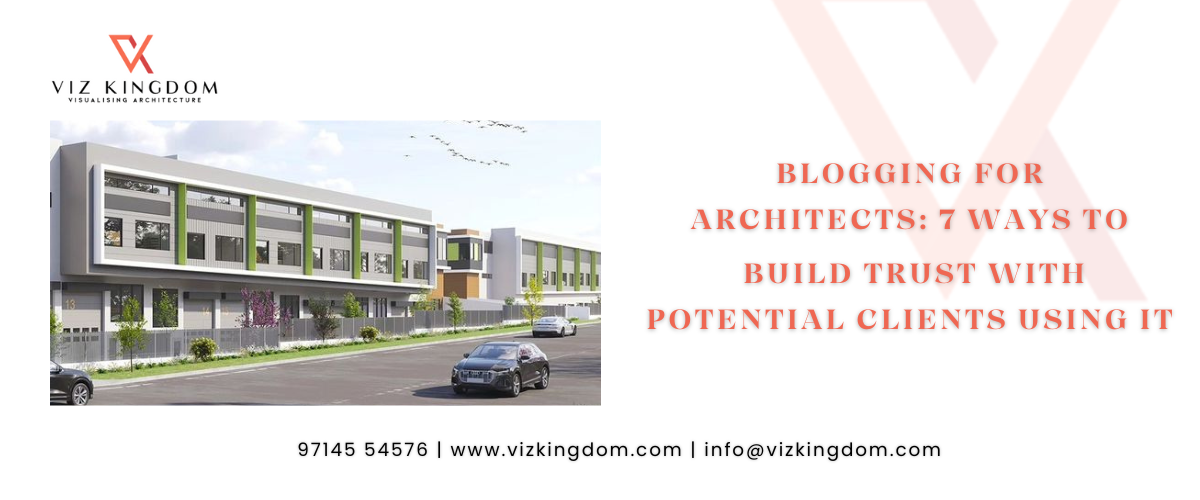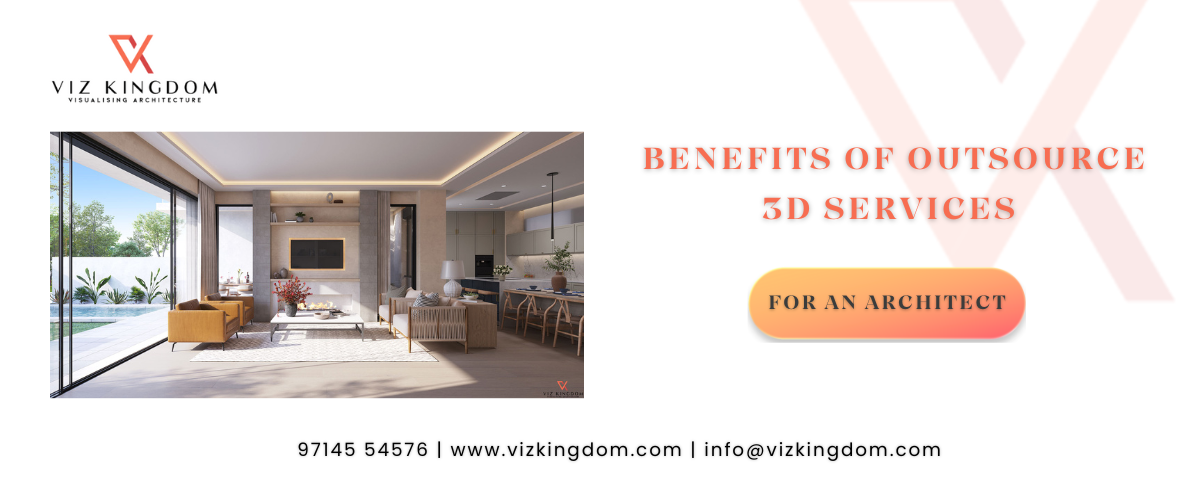
Sustainable and Eco-friendly Architectural Design Trends in 2024
The upcoming trends in architecture for 2024 are sure to engage you about what is ahead in future. Specifically, architecture’s commitment to sustainability will continue to influence design in the future. This is demonstrated by the use of modern technology such as 3D printing, parametric modeling, and sustainable materials to build structures that not only satisfy present demands but also lessen their environmental impact for future generations.
It is safe to state that sustainability is now a vital factor taken into account at every step of the architectural process, rather than being a last-minute consideration. In addition to changing the aesthetics of architecture, innovation and sustainability are opening the door to a more peaceful coexistence of people and the environment.
Sustainable and environment-friendly designs
The effectiveness of resources and accountability for the environment are given top priority in sustainable and eco-friendly architectural designs. These designs encourage better interior conditions and social resilience, all while purposely minimizing harmful effects on the environment. Below are some of the most prominent ways that sustainable design is being used in architecture as the urgency of combating climate change increases.
Integration of environment-friendly materials
Sustainable resources are being used in more and more designs by creative architects. This contains cork, bamboo, recyclable steel, reclaimed wood, and recycled plastics. Architects that give priority to eco-friendly materials not only lessen the depletion of resources but also minimize pollution and waste production throughout the building process.
By using Energy-efficient Technologies
Sustainable design is fundamentally based on the use of energy-efficient technologies. Architects utilize a range of technologies to reduce energy usage and dependency on fossil fuels, from sophisticated systems like solar panels, geothermal heating, and smart building automation to passive design methods like orientation and natural ventilation. When combined, this eventually lowers property owners’ operating expenses and carbon emissions.
Adopting Green Building Practices
Architects who are dedicated to sustainability are adopting more and more green construction techniques, such as biophilic design and LEED (Leadership in Energy and Environmental Design) certification. By giving priority to tactics like maximizing site utilization, protecting natural habitats, and enhancing interior air quality, daylighting, and occupant well-being, these techniques create environments that support life on Earth and on human bodies.
Adaptive Reuse and Renovation
Repurposing and renovating existing buildings to create lively, environmentally friendly settings redefines architectural techniques. By using this method, architects can revitalize historic structures and guarantee that significant historical aspects are maintained while still accommodating contemporary requirements. In addition to minimizing trash and its negative effects on the environment, this effectively unites the past and present. Here are a few methods architects are using to achieve this:
Valuing the Importance of Adaptive Reuse
Adaptive reuse is becoming more and more important for architects as sustainability gains popularity. Recycling current buildings offers an environmentally friendly way to satisfy changing needs while safeguarding cultural heritage in situations when space and resources are limited. Adaptive reuse projects require architects to rethink places by fusing historical details with contemporary features.
Preserving cultural and historical sites
Architects aren’t only taking down old structures and creating new, contemporary ones when it comes to restoring historical landmarks. Rather, before any alterations are done, the building’s cultural and historical significance is carefully preserved. Actually, one of the main foundations of architectural practice is the preservation of cultural and historical significance. Architects are responsible for recognizing, recording, and maintaining historically and culturally significant constructions.




